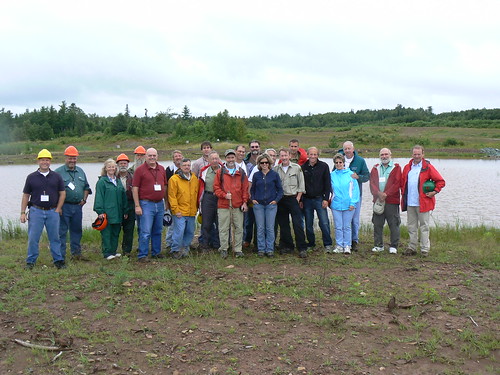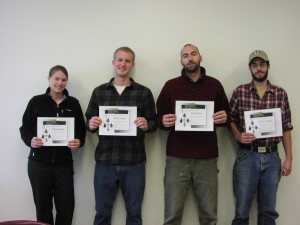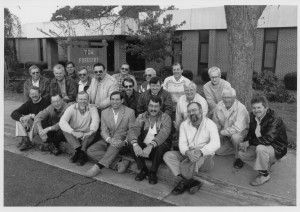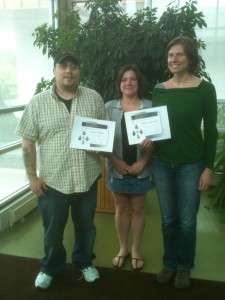The technology of aerial photos is shifting rapidly towards digital sources. The importance of traditional analog prints has diminished a great deal. A good source of aerial photo imagery is Google Earth and its cousin, Google Maps. Recently, I decided to add questions on imagery in Google Earth to my Aerial Photo Interpretation test. I created a kml file with the selected points. The students were required to study each of the points before answering the test questions. Here is a Google Map of the points:
[google-map-v3 width=”530″ height=”350″ zoom=”12″ maptype=”HYBRID” kml=”http://www.personal.psu.edu/pel2/TestSites.kml” showmarker=”true” animation=”DROP” maptypecontrol=”true” pancontrol=”true” zoomcontrol=”true” scalecontrol=”true” streetviewcontrol=”false” bubbleautopan=”false” markerdirections=”true” showbike=”false” showtraffic=”false” showpanoramio=”false”]
Here are the questions and answers:
Using the seven principles of aerial photo interpretation, identify what is the
feature marked by item 1. Use the historical imagery tool of Google Earth. What
has happened to the size of the feature between 1994 and today?
Feature 1 is a gravel pit. The shape and the color give it
away.
What is the feature represented by item 2 ? You may use the topographic
map layer to get the name of the feature.
Item 2 is the old Chambersburg Reservoir. It is labeled on the
topographic map.
Load the false color infrared layer from PASDA and again look at item
2. This imagery was taken in the summer of 2010. What does the color
infrared imagery tell you about the different types of vegetation found on this
site. Hint: you may look at the Panoramio images on Google Earth. You may have
to turn them on in the Google Earth table of contents.
The old reservoir has regrown considerably, including shrubs
and trees. A look at a ground photo shows that trees have been replanted on the
site.
Item 3 is located in northern Maine. What type of land use or operation is
going on here? Be specific in the scene details that you use to arrive at your
interpretation. You may also look at the past imagery available for this scene.
This is a logging operation, under different configurations.
You can also see patch clearcuts.
Item 4 is located not far from campus. What has happened to the forest here?
What caused this action to be necessary?
This is a salvage cutting of a gypsy moth infested area.
Item 5 shows a different type of vegetative cover. What is it? What are the
clues that lead you to this identification?
This is an apple orchard. The regular pattern of the trees and
the road network help identify it.
Item 6 is in Honduras. What is happening here? What are the clues? After the
event is over how will this area respond to EM radiation? What is the term for
this?
This area is burning. Smoke is visible in the image. Afterward
the ground will be black from the soot and behave as a black body.
Item 7 is a unique land use pattern. Using the seven principles can you
guess what it may be? If you load the topographic map layer you will find where
the item is located.
This is in Letterkenny Army Depot. The road network supplies
bunkers, perhaps for munitions.
Item 8 shows a particular type of residential area. What is it? What are the
clues that lead you to this identification?
Item 8 is a trailer park. The homes are very close together
and all the same shape and size.
BONUS: The bonus item is in a red pine forest in Minnesota. What is going on here? What is your guess as to what kind of forestry operation may be represented here? The answer is more obvious than you may think.
This is a silvicultural research area to look at the effects
of different harvesting treatments.






